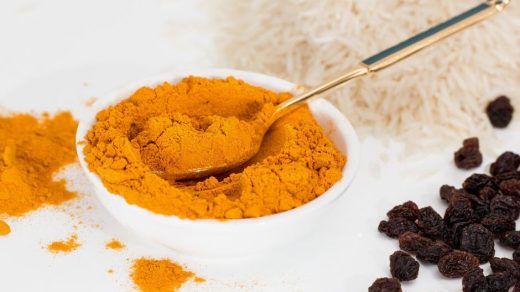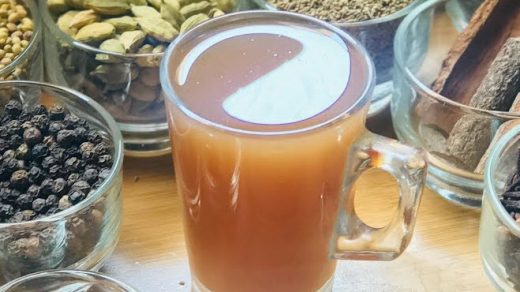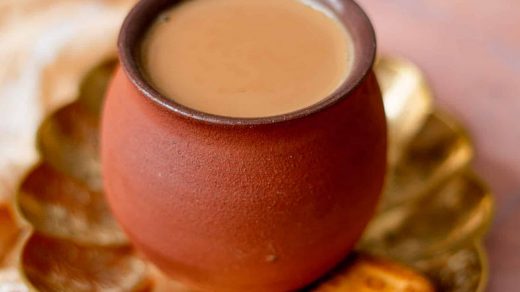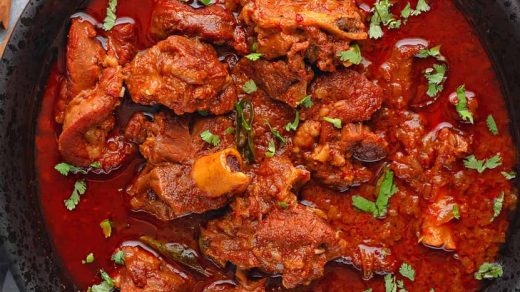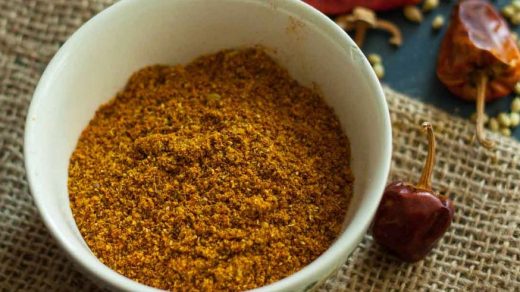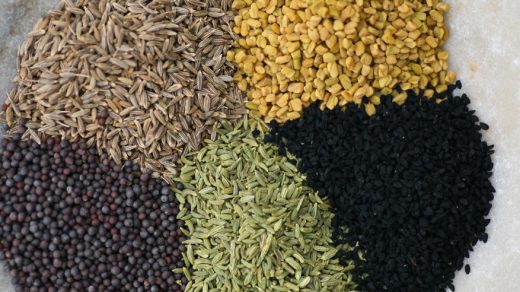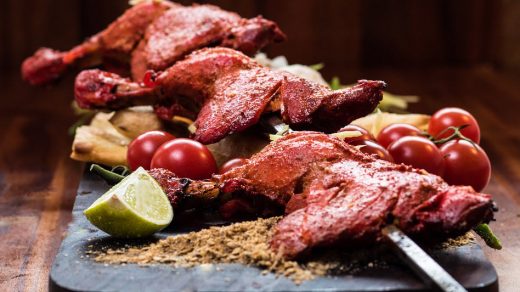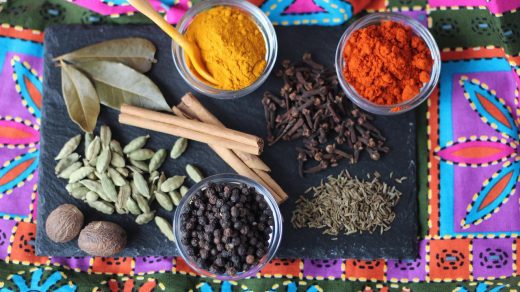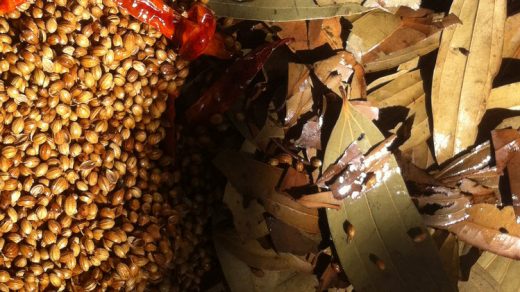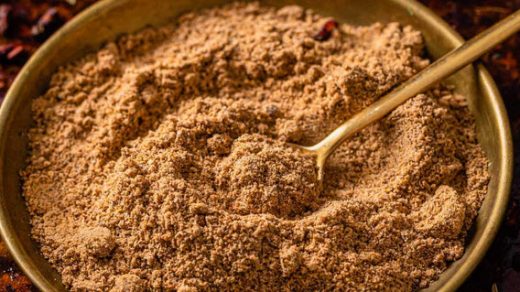Naan bread, a staple in South Asian cuisine, has garnered global popularity for its soft texture, delightful taste, and versatile nature. This leavened, oven-baked flatbread is traditionally associated with Indian, Pakistani, and certain Central Asian and South Asian cuisines, serving as a perfect accompaniment to a wide array of dishes.
Naan bread, with its rich history and delicious versatility, has transcended its traditional roots to become a beloved element of global cuisine. Whether we are enjoying it in its simplest form or experimenting with various fillings and flavors, naan offers us a world of culinary possibilities waiting to be explored. Its enduring popularity stands as a testament to the universal appeal of this humble flatbread, making it a cherished addition to meals around the world.
Let’s delve into the origins, variations, and the art of making naan, as well as its place in contemporary culinary practices.
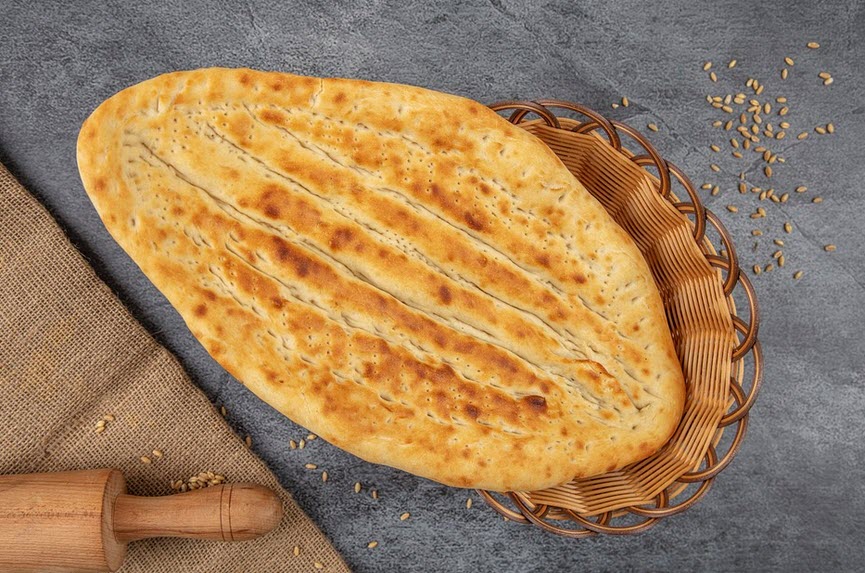
Origins and history
The word “naan” is derived from the Persian word ‘nān’, which broadly refers to bread. The exact origin of naan bread remains unknown and pretty much all agricultural peoples have some version of flat bread prepared at high heat in their cousine. With that said, some sources indicate that naan spread to the Indian subcontinent during the Islamic Delhi Sultanate period. One of the earlies known references to naan is found in the memoirs of Amir Khusarau, an Indo-Persian Sufi poet who lived in India in the 1300s AD. He mentions how nobles eat two types of naan: Nann-e-Tunuk and Naan-e-Tanuri. The first was light or thin, while the second was heavier and baked in a tandoor.
A likely theory regarding naan is that it was an expensive delicacy enjoyed in the royal courts of the Mughal Empire, and from there, it spread both socially down to the common people of India and geographically across South Asia and Central Asia, with each region adopting its own variations and methods of preparation. Naan is mentioned in the Ain-i-Akbari, a record of the third Mughal emperor´s reign. In the Ain-i-Akbari, naan is eaten with kebabs or together with a type of spiced minced meat called kheema.
The oldest known use of the word in English is found in an 1803 travelogue written by William Tooke. He and his contemporaries spelled it ”nan” and the ”naan” spelling did not become predominant in English until the 1970s.
Traditional preparation
Traditionally, naan is made from basic ingredients such as all-purpose wheat flour, yeast, salt, water, and ghee (clarified butter). Yogurt is often added to the dough to give the bread its distinctive tang and softness. The dough is kneaded, left to rise, and then rolled into oval or round shapes before being baked.
The classic method of baking naan involves using a tandoor—a cylindrical clay oven that provides high temperatures. The dough is slapped onto the sides of the tandoor, where it cooks quickly, acquiring its characteristic bubbles, charred spots, and a smoky flavor. However, in the absence of a tandoor, a hot griddle or oven can also produce delicious naan.
Making naan at home
Making naan at home is a rewarding experience that allows for customization according to personal taste and preferences. While the process may seem daunting, especially without a tandoor, modern adaptations of the recipe make it accessible for home cooks. The key to good naan lies in allowing the dough to rise properly and cooking it at a high temperature to achieve the right texture and flavor.
Serving and pairing
Naan bread is incredibly versatile and can be served in various ways. It’s commonly used to scoop up curries and gravies, making it an essential part of many traditional meals. Naan can also be enjoyed with dips like hummus or chutney, or used as a base for innovative pizzas and wraps.
Variations of naan
The basic naan recipe serves as a canvas for a variety of flavors and ingredients, leading to numerous variations across different cultures:
- Butter naan: Brushed with ghee or butter, resulting in a rich and flavorful bread.
- Garlic naan: Infused with garlic and often cilantro, offering a fragrant and savory twist.
- Peshawari naan and Kashmiri naan: Filled with a mixture of nuts and raisins, providing a sweet contrast to spicy dishes. Some recipies call for desiccated coconut.
- Cheese naan: Stuffed with cheese, making it a favorite among those who enjoy a gooey, melted texture.
- Keema naan: Filled with spiced ground meat, turning the bread into a hearty meal on its own.
What is a tandoor?
Traditionally, naan is made in a tandoor. But what is a tandoor?
A tandoor is a large urn-shaped oven, traditionally made of clay. It is chiefly used to bake flatbreads such as naan and roti, and for roasting meat. Tandoors can be fully above ground or partially buried.
Tandoors are common in Western Asia, Central Asia and Southern Asia, and also in some parts of eastern Africa that have strong cultural ties to the Middle East.
The tandoor has been used for over 5,000 years in the Indus Valley. Several different types have developed over the years in different geographical locations, such as the Punjabi tandoor, the Afghani tandoor, the Azerbadjani tonir, the Armenian tonir, and the Turkmen tamdyr.
A tandoor is traditionally heated by making a wood fire or charcoal fire inside the urn. Food is cooked with direct heat and is exposed to smoke. The temperature in a tandoor can reach 480 °C which means a flat bread, such as the naan, becomes ready very quickly.
